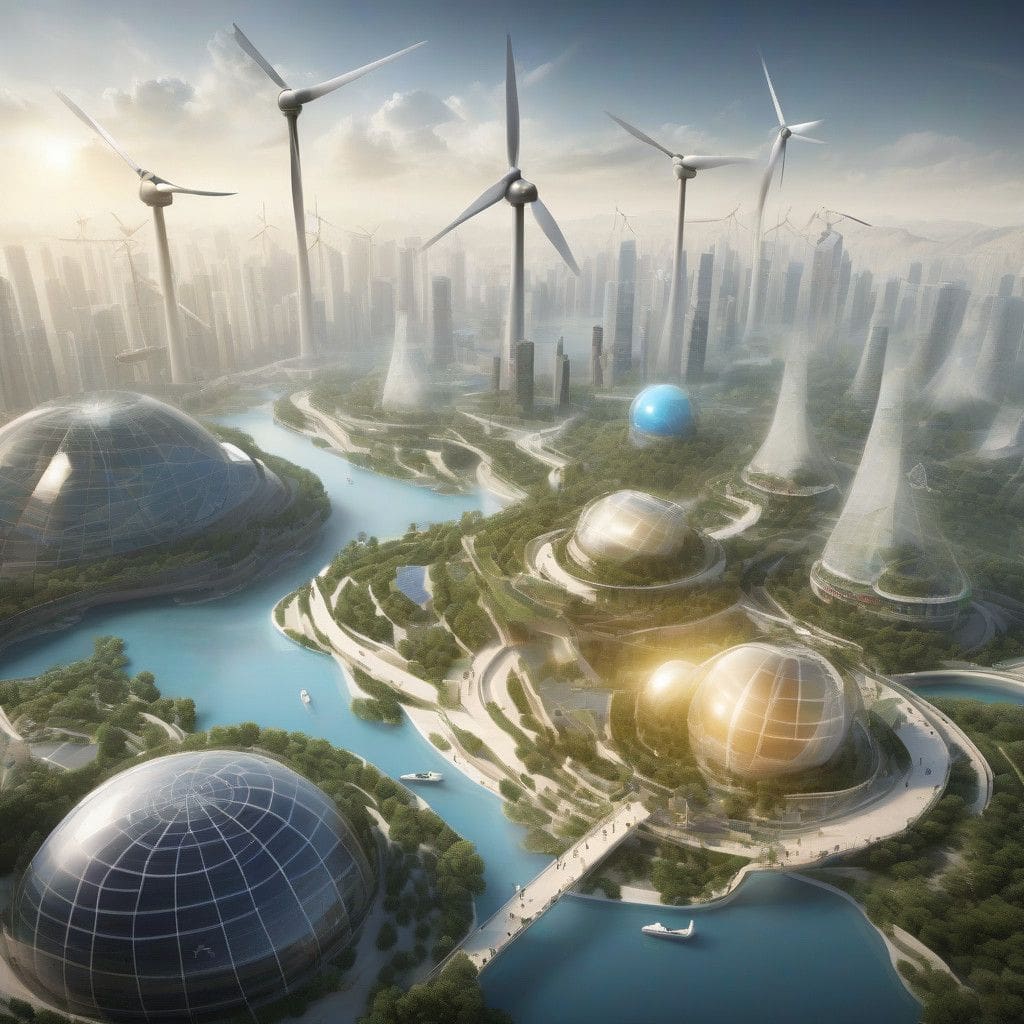In a strategic shift aimed at bolstering its global influence, China has significantly increased its investments in cleantech sectors, pouring over $100 billion into overseas projects since 2023. This movement comes as a response to rising tariffs imposed by Western nations such as the United States, Canada, and the European Union, who are increasingly concerned about China’s dominance in renewable energy technologies like solar panels, lithium batteries, and electric vehicles (EVs).
Recent research by Climate Energy Finance (CEF), an Australian group, reveals the scale of this trend. With many of its exports facing hefty tariffs—most notably a proposed 40% tariff on Chinese electric vehicles by the EU—Chinese companies are compelled to look beyond domestic borders. They are establishing manufacturing plants and partnerships internationally to mitigate the impact of these trade barriers.
Prominent players in this investment spree include electric vehicle manufacturer BYD and battery giant CATL. For instance, BYD is constructing a $1 billion EV factory in Turkey, while CATL has plans for multiple factories throughout Europe. These ventures not only circumvent tariffs but also position Chinese firms closer to burgeoning market opportunities in regions with increasing demand for clean energy technologies.
The ramifications of these developments are significant. By relocating production facilities outside of China, these companies can avoid import duties and continue to offer products at competitive prices. This strategy not only allows them to maintain market share but also addresses fears of overcapacity in the Chinese market, which could lead to price drops and potential harm to local competitors abroad.
The pushback from Western countries is grounded in concerns about market fairness. Officials argue that Chinese businesses have an unfair advantage, flooding their markets with low-cost products that threaten local industries. However, China counters that these tariffs hinder global efforts to combat climate change by making clean energy solutions less accessible.
This geopolitical tug-of-war has broader implications as well. With China projected to have a surplus production capacity in the cleantech sector by 2030, the importance of international investments cannot be overstated. Chinese firms aim to create new avenues for sales by tapping into markets that are increasingly reliant on renewable energy sources and sustainability initiatives.
The ongoing trade tensions and tariff disputes highlight not only the fragility of international relations but also the critical role that clean technology plays in future economic growth. By shifting its production strategy, China demonstrates a willingness to adapt to changing global dynamics while striving to maintain its leadership position in crucial energy markets.
Looking ahead, it will be essential for businesses and policymakers in both the East and West to navigate these complexities. Understanding the motives behind China’s overseas investments will be key to developing competitive strategies that ensure the growth and sustainability of local industries in an increasingly interconnected world.
In conclusion, the notable spike in China’s cleantech investments abroad is a clear indicator of its intent to maintain its growth trajectory while skillfully playmaking around trade barriers. As new plants rise in Turkey, Europe, and beyond, the global energy landscape will continue to evolve, pushing nations to rethink their strategies toward energy independence and competitiveness.












